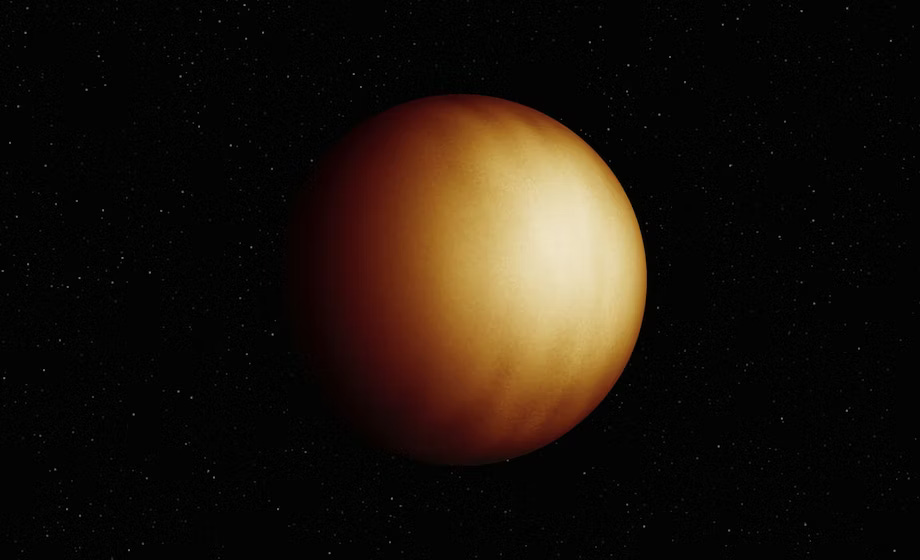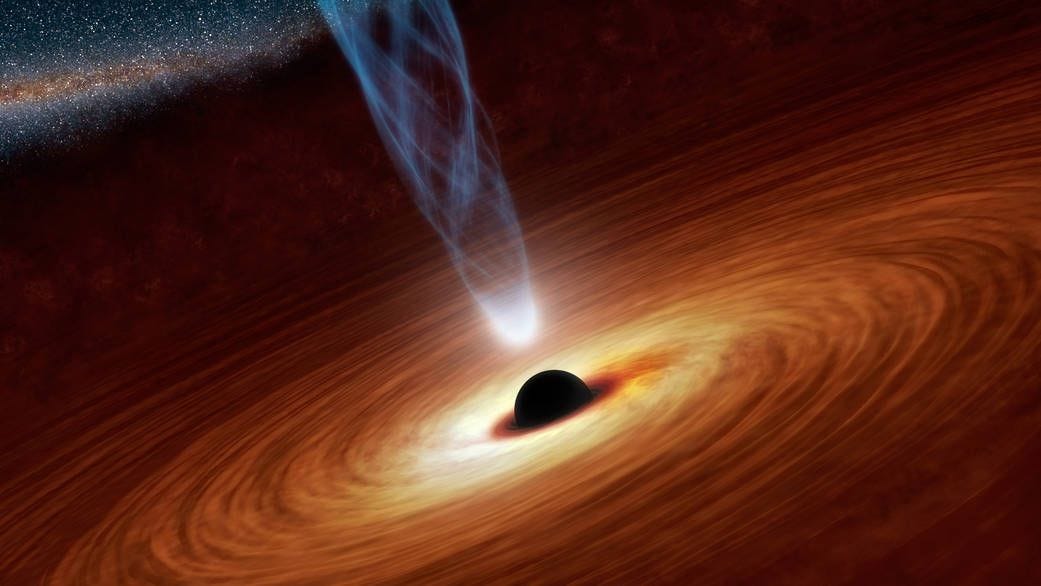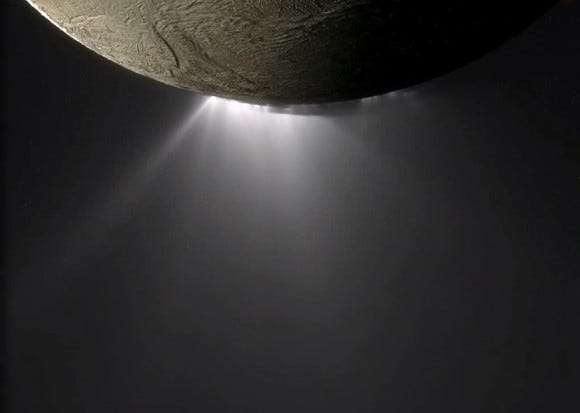Weekly - Streams of gas from galaxy center stun experts and more
Weekly Space News - Quick and Easy
Webb finds super hot exoplanet
Last week NASA’s James Webb Space Telescope (JWST) found a giant gassy exoplanet 10 times the mass of Jupiter in a star system located 300 lightyears away from the Earth. The new exoplanet called Wasp-18b, orbits its star so closely, that it takes less than an Earth day for it complete one revolution around its star. This close proximity causes the planet to become extremely hot. The temperatures on the planet reach up to 2,700 degrees Celsius; for comparison, the melting point of iron is 1,500 degrees Celsius.
China launches its first civilian astronaut into space
Last week the Chinese National Space Administration (CNSA) successfully launched a crew of 2 astronauts and 1 civilian to its orbiting space station Tiangong on Tuesday. This is the first time China is launching a civilian into outer space. The civilian, Gui Haichao is a Chinese researcher and a university professor at the Beihang University of Aeronautics and Astronautics.
ISRO’s GSLV successfully puts satellite into orbit after failure in 2021
In August 2021, ISRO’s Geosynchronous Satellite Launch Vehicle (GSLV) failed in mid-air while launching the IRNSS-1I satellite, causing both the rocket and the satellite to explode. 2 years after its disastrous failure it successfully managed to put a new navigation satellite called NVS-01 into Geosynchronous Transfer Orbit. This shows that GSLV is back again and ready for action.
Streams of gas from galaxy center stun experts
An international team of astrophysicists recently made a completely new discovery about our galaxy, the milky way. They found streams of luminous gas coming from the center of the galaxy. Experts believe that these 5-10 light-year-long streams of gas are radiating from the black hole Sagittarius A*, the black hole at the center of our galaxy. This is called an accretion disk and it is the first time we are spotting it from Sagittarius A*. This could provide new insights into the spin of the black hole and the nucleus of our galaxy.
Large plume of water detected on Saturn’s moon
The James Webb telescope recently detected a jet of water spewing from the south-side surface of Saturn’s moon Enceladus. This jet of water extends up to 10,000 kilometers and observation shows that it is spewing out 300 liters per second. This is quite large for a body of only 500 km in diameter.






